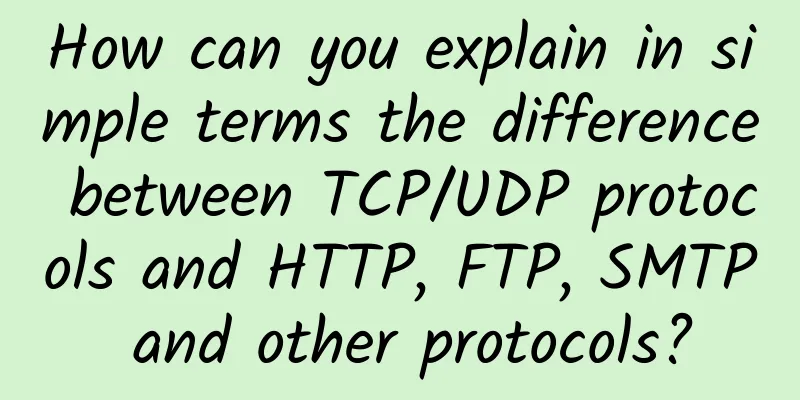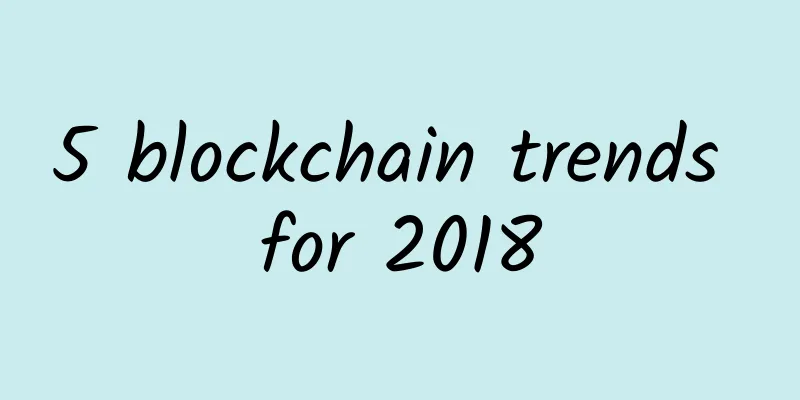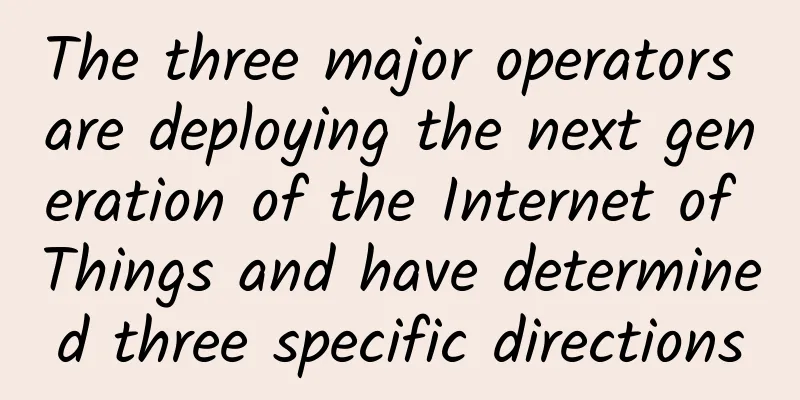Increasing Adoption of 5G Technology to Drive Cellular IoT Module Market

|
The cellular IoT module market will reach $20.83 billion by 2033, up from $16.88 billion in 2023, according to new analysis from Future Market Insights. This growth represents a CAGR of 23.4% for the market during the forecast period. FMI said that the increasing adoption of 5G technology is expected to drive further market expansion. The demand for cellular IoT modules is expected to increase due to the increased data speeds, reduced latency and wider coverage of 5G technology. The growth of mobile medical services and government initiatives to support healthcare IoT are also expected to boost the expansion of the cellular IoT module market. The overall market share is influenced by the expansion of medical facilities and rising demand for medical services. An important component of a cellular IoT security strategy is cloud-based security, as an insecure cloud infrastructure increases the risk of data theft and device piracy. For example, drones used for surveillance or delivery can process information such as image data and navigation instructions on their own. Application of Cellular IoT Modules in Different IndustriesAutomotive Industry: The sales of cellular IoT modules in the automotive industry are expected to witness significant growth during the forecast period owing to the increase in demand for connected cars. The automotive industry is expected to witness significant changes as connected cars allow communication between vehicles as well as with the outside world. Telecommunication Industry: Currently, the telecommunication industry has improved the outlook for the cellular IoT module market. The rapid digitalization and increasing automation levels in the industry are also contributing to the expansion of the market. Many large and medium-sized enterprises are implementing narrowband IoT (NB-IoT) and machine long-term evolution solutions. Key Takeaways
Competitive LandscapeThe inclusion of cellular IoT modules in the telematics solutions provider’s product line makes it easier for fleet managers and off-highway vehicle OEMs to collect and analyze data to identify important patterns and issues in field instrument usage. Furthermore, many elements such as strong security, ubiquitous quality, and resilient networks are expected to energize the industry in the coming years. Recent DevelopmentsTo meet the industry's growing demand for smart grid communications between charging stations and cars, Qualcomm developed a new power line communication device in May 2022. To meet the communication needs of electric vehicle (EV) charging stations (also known as EV supply equipment), Qualcomm Technologies, Inc. has developed the QCA7006AQ, a next-generation power line communication (PLC) equipment (EVSE). Sierra Wireless developed the HL7845 module in April 2021. The standard provides 450 MHz of wireless spectrum to meet the IoT connectivity requirements of European utility services. In February 2021, Fibocom partnered with leading connectivity solutions provider RedTea and Deutsche Telekom, the world’s largest integrated telecommunications company, to ensure that it only provides best-in-class advertising nuSIM IoT components. |
>>: How is Gigabit LTE different from 5G?
Recommend
With the advent of 5G, will the future of commercial Wi-Fi be a setback or a step forward?
Entering the Internet age, the Internet allows pe...
SpartanHost Seattle 20% off VPS restock, Dallas regular/large hard drive VPS restock
SpartanHost is currently restocking some packages...
Full coverage of prefecture-level cities! China has built the world's largest 5G network
[[373230]] In the year hit by the COVID-19 pandem...
Tongmingzhi Cloud "appeared" at the 2022 Information Technology Independent Innovation Summit Forum and released the Loongson 3C5000-based application delivery gateway
Recently, the 2022 Information Technology Autonom...
To get rid of the embarrassment, my country needs a "devil's pace" to accelerate IPv6
Artificial intelligence, big data, cloud computin...
5G cannot be rushed into implementation. Three new 4G/5G vulnerabilities have been exposed
In 2019, 5G has been promoted in full swing, but ...
Linkerd 2.10 (Step by Step) — Customizing Linkerd Configuration with Kustomize
The Linkerd 2.10 Chinese manual is being continuo...
Sharktech: 1Gbps unlimited traffic high-defense server starting from $79/month, Los Angeles/Denver/Chicago/Netherlands data center
Sharktech, also known as Shark Data Center or SK ...
HostYun: Korean/American VPS monthly payment starts from 16 yuan, Japanese/Hong Kong VPS monthly payment starts from 18 yuan, CN2 GIA/AS9929 and other lines
There are many businesses selling cheap VPS, but ...
DesiVPS: Los Angeles 1Gbps unlimited traffic VPS starting at $18.99 per year, 6 IP changes per year
DesiVPS has released the latest promotion in July...
BandwagonHost has launched CN2 GIA at a special price starting from $74.5/year, with 1GB/20G SSD/1TB@1Gbps/multiple nodes available
Bandwagonhost has launched (restocked) a special ...
Xunfang and Huawei join hands to enter the era of big service 2.0, four key words to achieve consistent service experience
[51CTO.com original article] On a weekend in earl...
F5 Networks Appoints Adam Judd to Lead APAC Sales Efforts to Accelerate Growth of Cloud and Security Business in the Region
Beijing, March 21, 2017 – Today, F5 Networks anno...
How 5G deployment will impact enterprise network hardware and software
For most enterprises, IT teams will deploy fifth-...
New wireless broadband technologies in the 5G era
After the arrival of the 5G era, wireless broadba...









